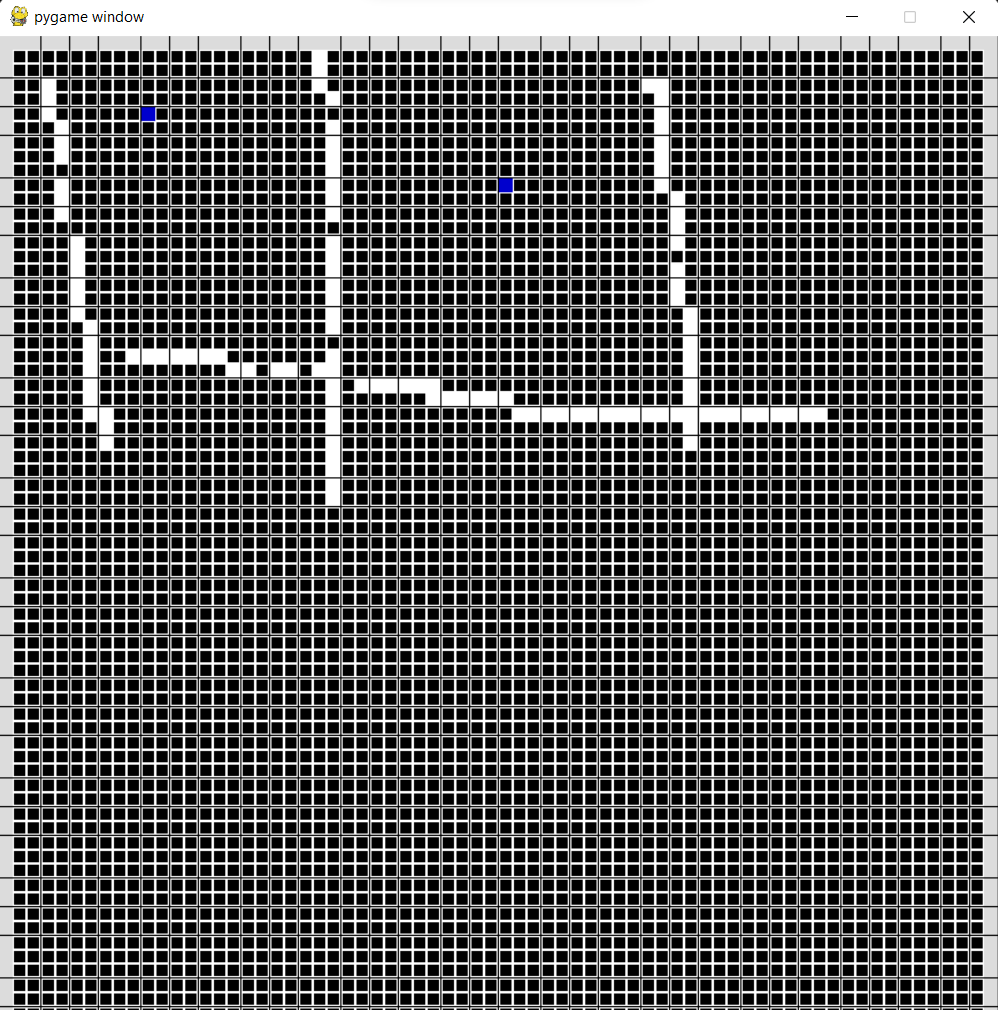

- Python use gui to get file path how to#
- Python use gui to get file path install#
- Python use gui to get file path archive#
- Python use gui to get file path code#
To use the Microsoft Windows Task Scheduler GUI, search using the words ‘Task Scheduler’ (see Figure 9).įigure 9. More details about the scheduled task ‘AutoSched’ displayed using the Microsoft Windows Task Scheduler GUI Note that the trigger condition says that once the task has been scheduled, it will be triggered every two minutes indefinitely.ĭouble click on the Task Name entry for the scheduled task ‘AutoSched’ (see Figure 8).įigure 8. Locate the scheduled task ‘AutoSched’ using the Microsoft Windows Task Scheduler GUI. To view the scheduled task ‘AutoSched’, we will use the Microsoft Windows Task Scheduler Graphical User Interface (GUI) (see Figure 7).įigure 7. The ‘Success’ message clearly tells us that a scheduled task named ‘AutoSched’ has been successfully created. SUCCESS: The scheduled task "AutoSched" has successfully been created. After the batch script has executed successfully, you should be able to see output like the one shown below.Ĭ:\Users\UserSS\Desktop>SCHTASKS /Create /SC MINUTE /MO 2 /TN AutoSched /TR C:\Users\UserSS\Desktop\dist\AutoSchedule.exe /F It is now time to execute the batch script, ‘AutoSchedule.bat’. SCHTASKS /Create /SC MINUTE /MO 2 /TN AutoSched /TR C:\Users\UserSS\Desktop\dist\AutoSchedule.exe /FĪs you can probably understand, the batch script executes the executable that we had created previously and the frequency of execution of the executable is every two minutes indefinitely. bat file named ‘AutoSchedule.bat’ in the path ‘C:\Users\UserSS\Desktop’. You can learn more about the options to create a scheduled task by running the SCHTASKS /CREATE /? command in the Windows Command Prompt. We will make use of the ‘SCHTASKS /CREATE’ command to achieve this. Let’s say, we have decided that the Python script should get automatically executed every two minutes. Content of the build folder note that a sub-folder named ‘AutoSchedule’ gets created within the build folder.įigure 6. Folders dist, _pycache_ and build, along with the ‘AutoSchedule.spec’ file, get created with the successful creation of the executableįigure 4. When the executable has been created successfully, three folders, namely, dist, _pycache_ and build, along with a ‘AutoSchedule.spec’ file, will exist at the path ‘C:\Users\UserSS\Desktop’ (see Figures 2-6).įigure 2.


‘C:\Users\UserSS\Desktop\dist\AutoSchedule.exe’ denotes the path where you can find the executable. INFO: Building EXE from EXE-00.toc completed successfully.
Python use gui to get file path archive#
INFO: Appending archive to EXE C:\Users\UserSS\Desktop\dist\AutoSchedule.exe Upon successful execution of the command, the following two lines displayed at the end of the command output are of interest to us. Pyinstaller -onefile "C:\Users\UserSS\Desktop\AutoSchedule.py" In our case, we need to execute the command: To create the executable, execute the command ‘pyinstaller -onefile.
Python use gui to get file path install#
You can install PyInstaller by executing the command ‘pip install pyinstaller’.

Next, we will turn the Python (.py) script into an executable (.exe) by utilizing a Python package called PyInstaller. OutputFile.write(Text_to_be_written2) Figure 1. Text_to_be_written1 = "Date and Time that the Python script has executed: " OutputFile = open(r"C:\Users\UserSS\Desktop\Output.txt","w")
Python use gui to get file path code#
The Python script contains the following few lines of code (see Figure 1).Ĭhange_Directory = os.chdir('C:\\Users\\UserSS\\Desktop') NOTE: All references to the path ‘C:\Users\UserSS\Desktop’ should be replaced by the correct path entry on your local Windows machine. In the same path, we have our simple Python script. I have chosen to create the file in the path ‘C:\Users\UserSS\Desktop’. For simplicity, we choose to use a Python script that simply writes to a text file, the date and time that the script executes, every time it gets executed.Ĭreate a new, empty text file anywhere on your local Windows machine.
Python use gui to get file path how to#
In this tutorial, we will learn how to automatically execute Python scripts using the Microsoft Windows Task Scheduler.


 0 kommentar(er)
0 kommentar(er)
